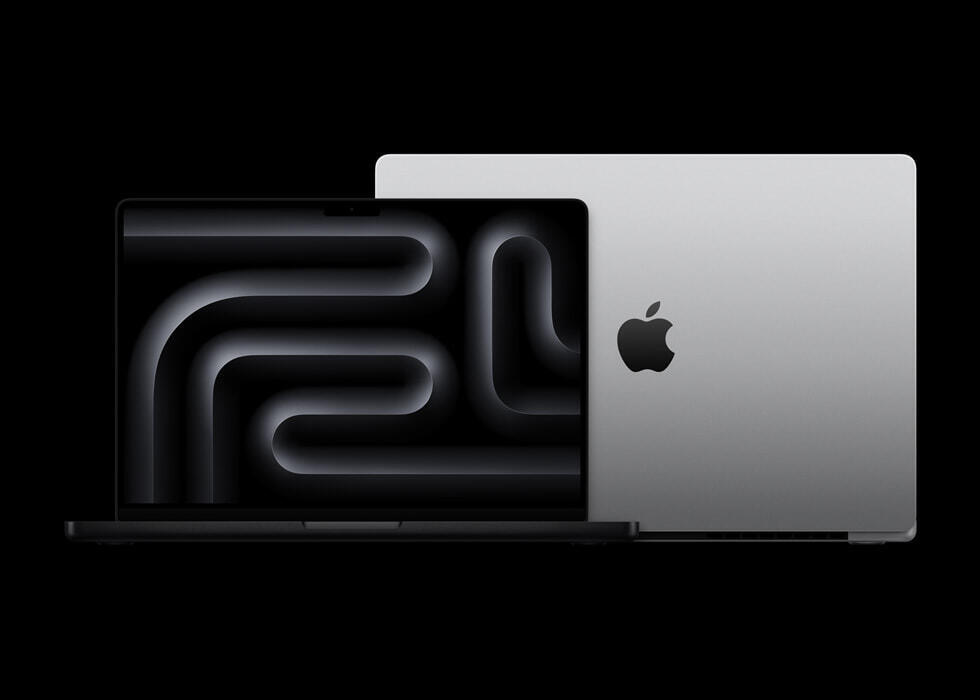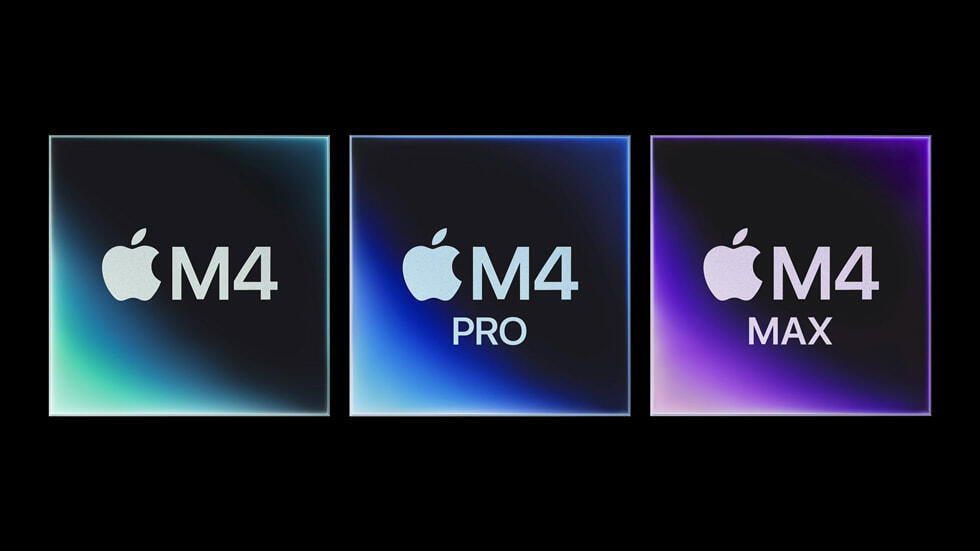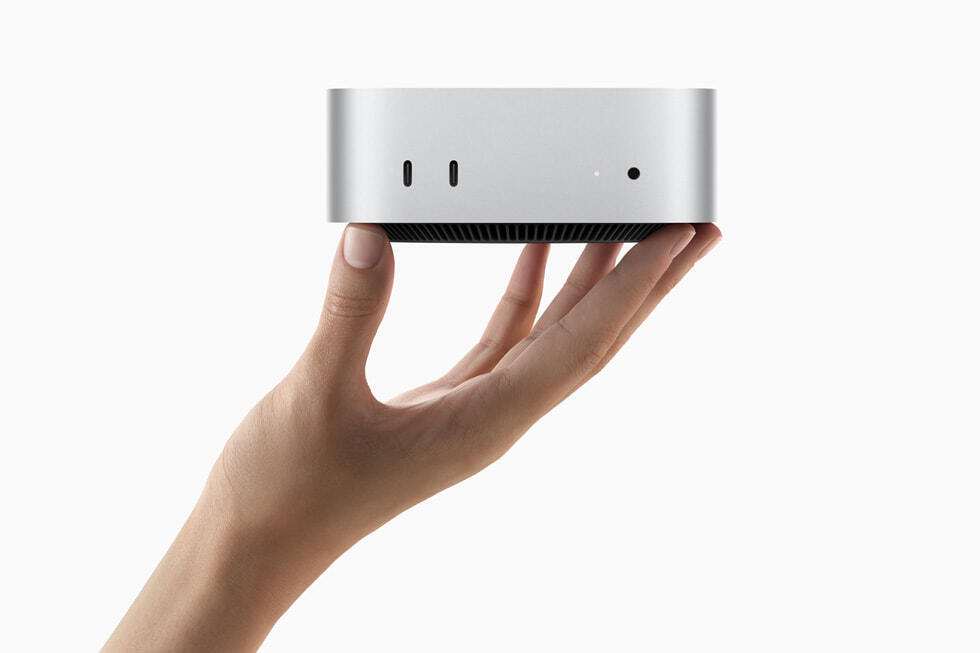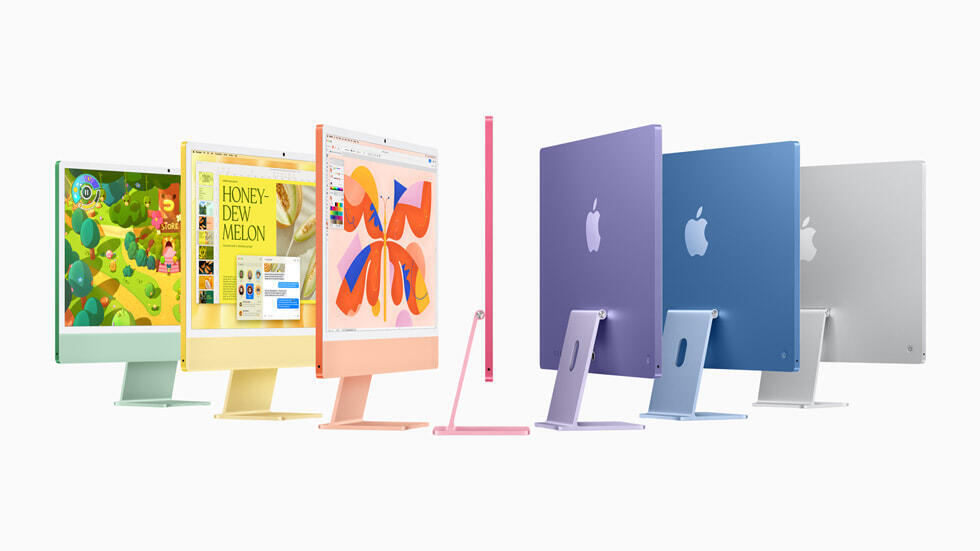Getting your Trinity Audio player ready...
Apple spent the past week unveiling its latest computing products, refreshing its entire lineup, including MacBook Pros, the new Mac Mini, and the desktop iMac. While computers aren’t Apple’s top sellers, the updates—especially for the Mac Mini—were anticipated and much-needed in some cases.
The updates primarily feature new processors, and while welcomed, they don’t include groundbreaking changes. Many users are still waiting for a MacBook Pro with a touch screen or a hybrid configuration for those who don’t want to rely on an iPad Pro as a portable laptop.
New MacBook Pro and M4 chips
The latest release in Apple’s lineup, launched Wednesday, is the new MacBook Pro featuring the M4 chip. While the update might not sound groundbreaking, Apple introduced two new versions of the M4 processor—Pro and Max—that significantly enhance the MacBook Pro's ability to handle demanding workloads. Tasks like 3D rendering and Mac-compatible gaming reportedly achieve impressive display quality, at least based on Apple’s promotional videos.
In terms of design, the new MacBook Pro remains largely unchanged from last year’s model, with the main difference being the upgraded processors. So what do the Pro and Max versions offer over the standard M4? Primarily, they pack a considerable core boost—up to 40 cores with the Max model, compared to just 10 cores in the entry-level M4, which is currently only available in the 14-inch MacBook Pro.
According to Apple, the MacBook Pro has a battery life of up to 24 hours, though the company did not specify the test conditions (likely video playback, as 3D rendering would presumably drain the battery much faster). The camera also received an update, now featuring a wider field of view and a 12-megapixel resolution. Additionally, the new MacBook Pro supports Thunderbolt 5, delivering data transfer speeds up to 120 Gbps.
A truly mini Mac Mini
The second updated device, long-awaited, is the Mac Mini. It now features the M4 chip, up from the previous M2, and has a smaller frame measuring 6.5 inches square and 2 inches high. Despite its size, it packs a serious punch, with an option to upgrade to the M4 Pro processor, just like the MacBook Pro. On paper, this small device handles heavy workloads usually reserved for much larger systems.
The Mac Mini still has an aluminum build with a mostly unchanged design, though this year it includes two front USB-C ports and a headphone jack with a built-in mic. At the back, it has three Thunderbolt ports, an Ethernet jack, and an HDMI port for an external display.
An updated iMac
Apple also introduced an updated iMac, but don’t expect major design changes. The device looks nearly identical to the previous model, featuring a 24-inch display (or 23.5 inches, to be exact). According to Apple, performance is where it counts, as this iMac reportedly offers twice the speed of the M1 model.
The screen still has a 4.5K resolution, now complemented by the 12-megapixel camera debuted in the MacBook Pro. It also includes four Thunderbolt 4 ports, a combined headphone jack, and 16 GB of memory, upgradeable to 32 GB. This iMac model has the basic M4 processor with 10 cores, up from 8 cores in last year’s M3.
Focus on AI capabilities
The key takeaway from this round of updates is Apple’s push to incorporate these devices into its AI ecosystem. While the design and features haven’t seen major overhauls, the upgrades lie mainly in their support for Apple’s “Intelligence” platform. Although Apple hasn’t officially launched its AI platform outside the U.S., European (and Israeli) users will still be able to utilize it on these new devices since they meet the minimum system requirements.
The M4 neural engine offers 38 TOPS (trillion operations per second), which falls just short of the 45 TOPS required for Microsoft’s Copilot Plus standard on Windows 11. Since Apple’s AI features remain in early stages, this limitation is unlikely to impact real-world applications. The new devices are expected in stores in November, though specific release dates and prices for Israel have yet to be announced.
Get the Ynetnews app on your smartphone:





